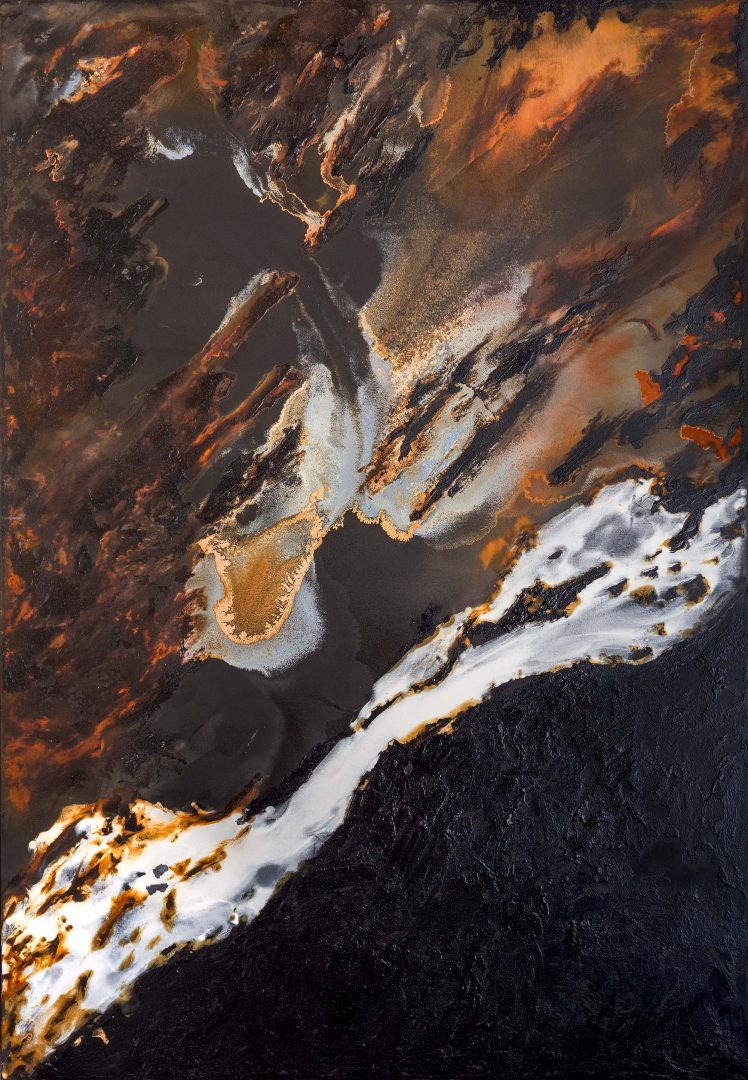The Open Call for the Social Art Award 2019 under the topic “We are the People – Peaceful Revolutions” was closed on December 15, 2019. We are very impressed by 558 submissions that were contributed by artists coming from 65 countries across all continents.
The winners of The Social Art Award 2019 are Narcissa Gold (USA), Melinda Mouzannar (Lebanon) and Bogna Grazyna Jaroslawski (Poland/Germany). The Honorary Mention goes to Kingson Kin Sing Chan (Hong Kong/UK).
Below you find the artworks, that passed the initial jury round. The public voting took place till 30 December and is a tool to give more public visibility to the topic and the artworks. It does not replace the final jury judgment. There were two wildcards for the most voted artworks that entered the final shortlist.
The focus diversity of applications shows that artists are active in the multi-faceted fields of socially engaged art reflecting on wars, genocides, femicides, traumata, violence against refugees, children, women, men, disabled people, LGBTIQs, animals. They share feelings for the planet and its living species, but also showing hopelessness due to complex crises be it climate change (e.g. in regard to water pollution), capitalism, corruption, a violation against human rights, nature, protected national parks. Many of the artists are constantly trying to give a voice to the poorest or empower unheard social groups.
It’s not only about peaceful revolutions, but it’s also about feeling a deep connection and showing love and respect for each other.
Thank you all for sharing your great and inspirational work and look at all the great contributions!
Buffalo Head Hills 1
Kristian Askelund
open category
My aim is to invoke what William S. Burroughs called surprised recognition, which consists of showing the viewer what they know, but do not know that they know. The works are based on aerial images of open pit mines being operated in the tar sands of Alberta, Canada. At first glance, their abstract beauty is deceiving and plays with the multistable perceptual phenomena. The visual story they tell will immediately be altered upon further knowledge of their true intend: a testament to humanity’s destructive nature, in this case due to our dependency on fossil fuel. How can art catalyze change?: Art can be a strong catalyst for altering ones point of view. With aesthetically pleasing, seemingly harmless artworks the viewer is emotionally responsive to the underlying message: the destructiveness of industrial landscapes.
My aim is to invoke what William S. Burroughs called surprised recognition, which consists of showing the viewer what they know, but do not know that they know. The works are based on aerial images of open pit mines being operated in the tar sands of Alberta, Canada. At first glance, their abstract beauty is deceiving and plays with the multistable perceptual phenomena. The visual story they tell will immediately be altered upon further knowledge of their true intend: a testament to humanity’s destructive nature, in this case due to our dependency on fossil fuel. How can art catalyze change?: Art can be a strong catalyst for altering ones point of view. With aesthetically pleasing, seemingly harmless artworks the viewer is emotionally responsive to the underlying message: the destructiveness of industrial landscapes.



